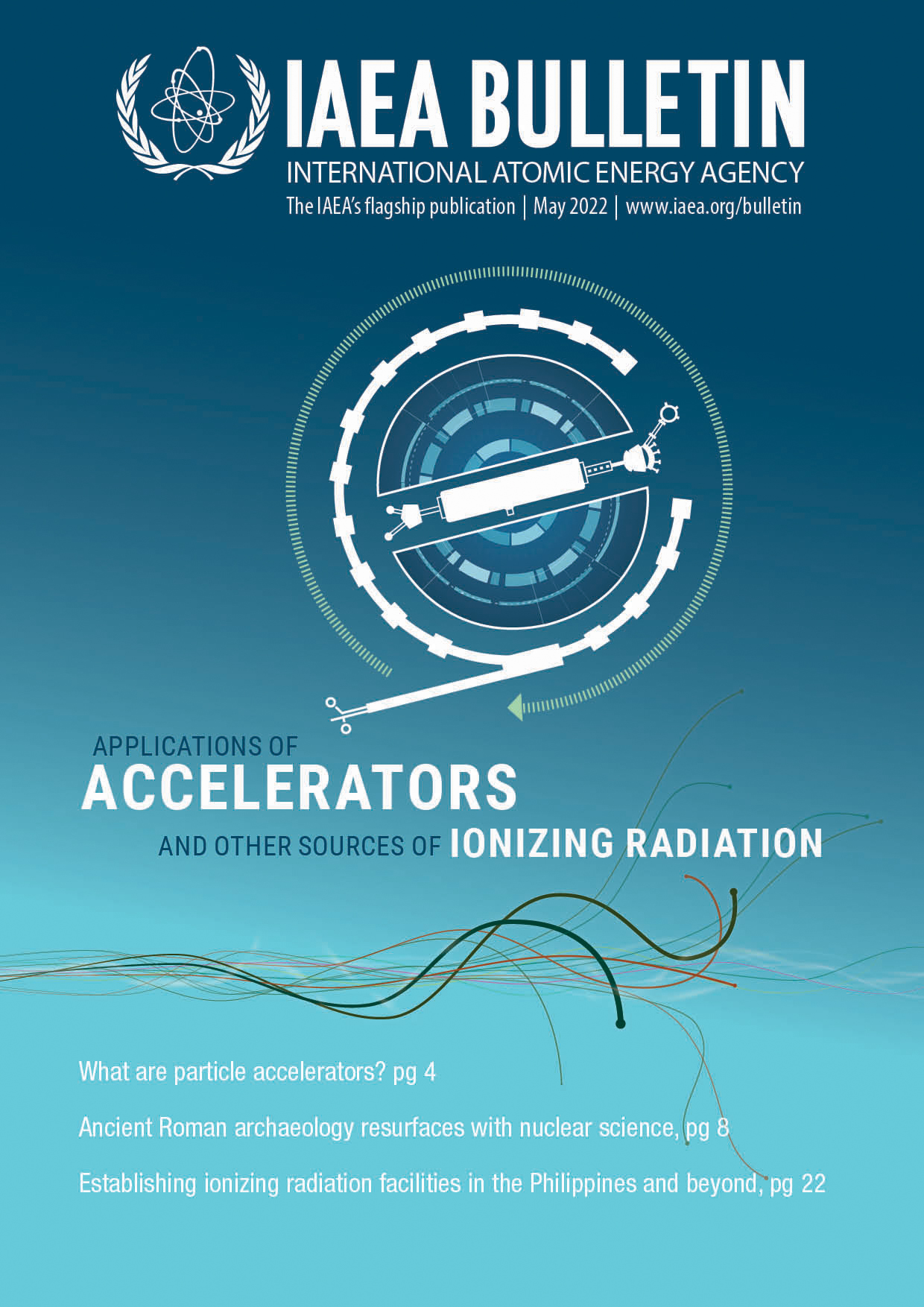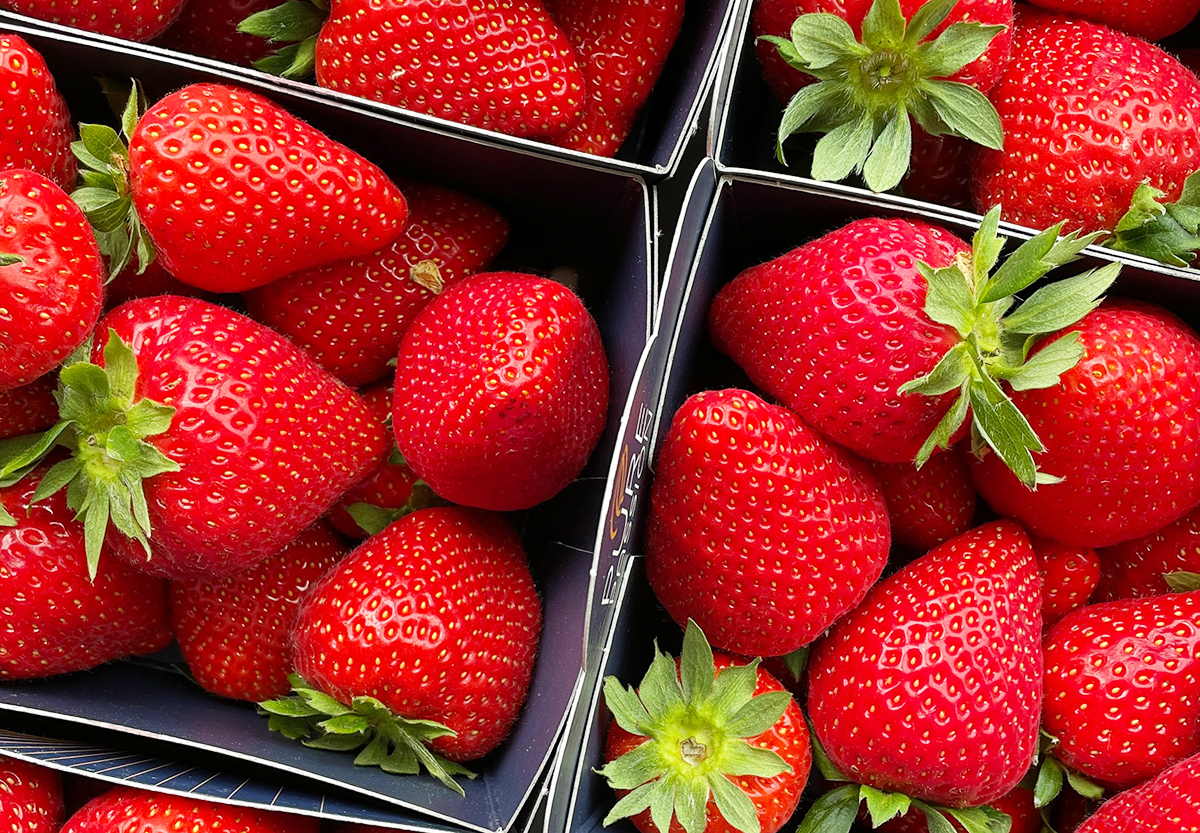There is more than meets the eye when it comes to the spices, seeds, fruits and vegetables that travel from distant origins to your local grocer. A small dose of radiation helps make it possible for food products to stay fresh and last the journey without spreading invasive organisms.
The IAEA, in partnership with the Food and Agriculture Organization of the United Nations (FAO), is supporting the latest developments in the fields of food and phytosanitary irradiation, in order to help streamline the pest control process and facilitate international trade. Food and phytosanitary irradiation are post-harvest treatments that use ionizing radiation produced by a source, such as cobalt-60, or generated by accelerators.
“Ionizing radiation is gentle on food, but not on microbes or invasive pests, and it enables international trade,” said Carl Blackburn, Food Irradiation Specialist at the Joint FAO/IAEA Centre of Nuclear Techniques in Food and Agriculture.

